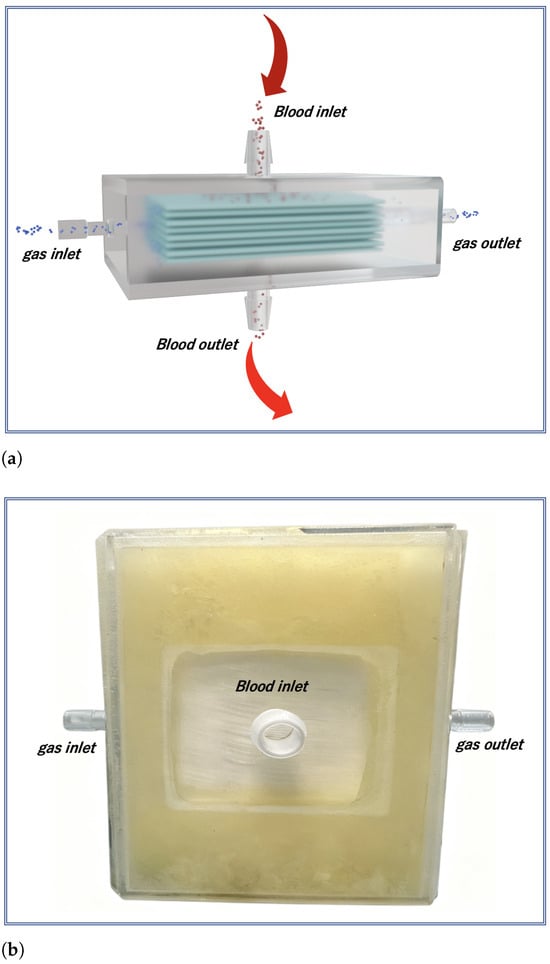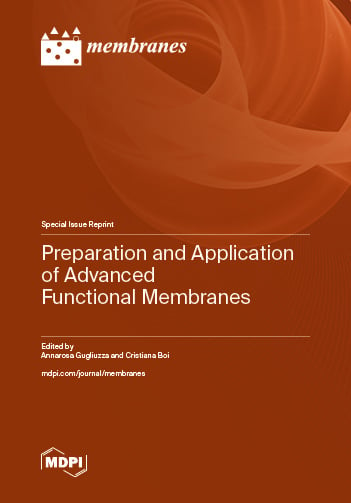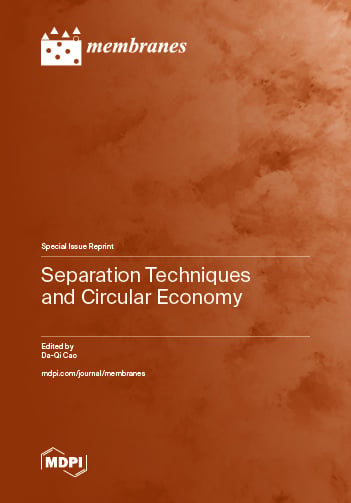- Article
Characterization of the Regenerative Capacity of Membranes in the Presence of Fouling by Microalgae Using Detergents
- Volker Bächle,
- Marco Gleiß and
- Hermann Nirschl
The filtration of microalgae generates fouling through algal matter and exopolymer particles with consequences for the flow rate. Therefore, regeneration that is as complete and continuous as possible is necessary. For this purpose, a commercial membrane with a pore size of 0.8 µm is contaminated with the microalgae mixture Haematoccocus Pluvialis and Tetradesmus obliquus, and then regenerated with mechanical (backwashing), chemical (HCl, NaOH, NaClO, P3-Ultrasil) and biological (dishwashing and laundry detergents) cleaning methods. The filtration time of the individual experiments is compared with a new membrane, and the increase is determined. Backwashing cleans the pores, but the biofilm sticks to the membrane surface and blocks the pores shortly after a new cycle. It was shown that the biofilm can only be removed chemically through oxidative effects or anionic surfactants. Hydrolysis does not remove the biofilm, and it can actually make the blockage worse. Bigger cellular residues can only be removed with enzymes. This improves cleaning performance by 61% compared to commercial cleaning agents for membranes and 42% compared to backwashing.
26 December 2025



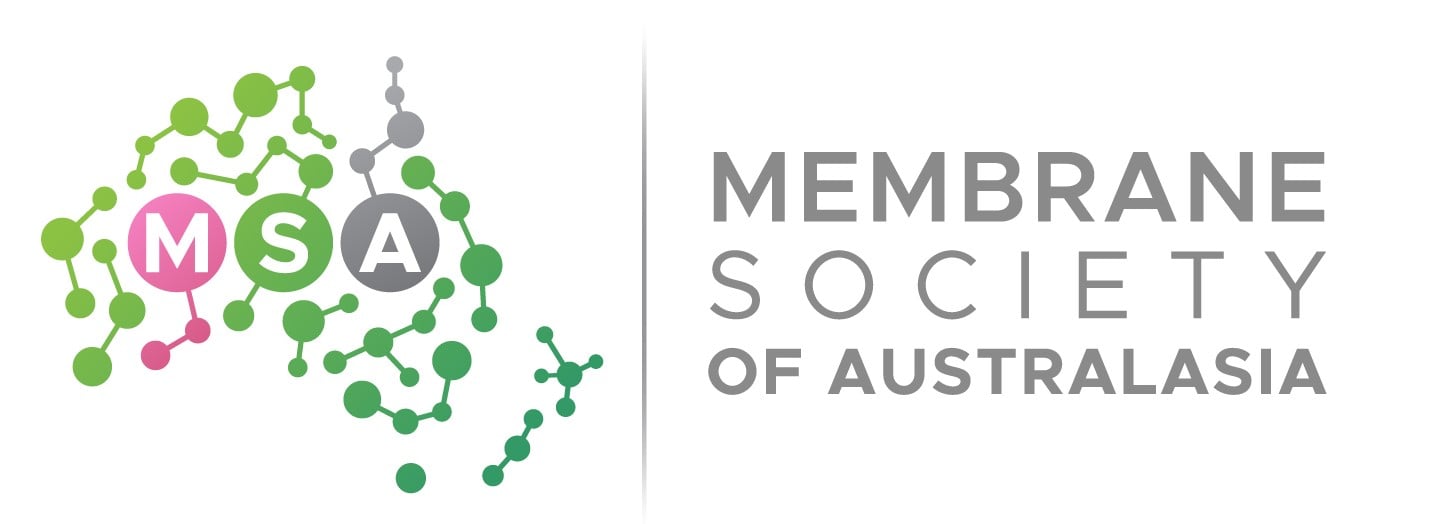
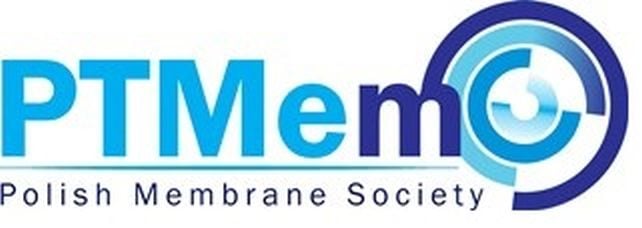
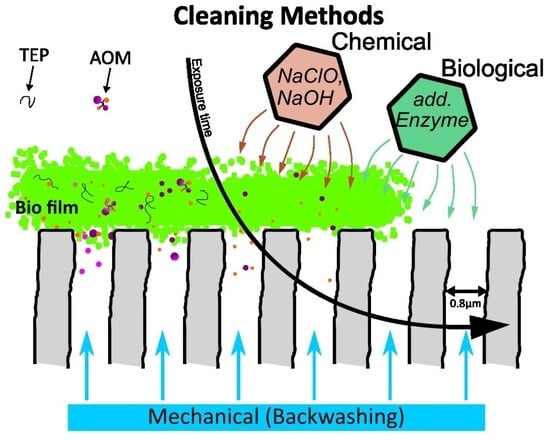

![(a) Hierarchical classification of computational protein models by resolution level with BSA molecule; (b) a schematic representation of temporal and spatial scales; (c) distribution of charge on the BSA molecule surface coloured by residues’ total charge: positive—blue, negative—red, neutral—white; (d) coarse-grained charge distribution of BSA at its isoelectric point, expressed in units of the elementary charge; e (redrawn from [76,77,78,79]) reproduced from Ref. [76] with permission from the Royal Society of Chemistry.](https://mdpi-res.com/membranes/membranes-16-00005/article_deploy/html/images/membranes-16-00005-g001-550.jpg)
